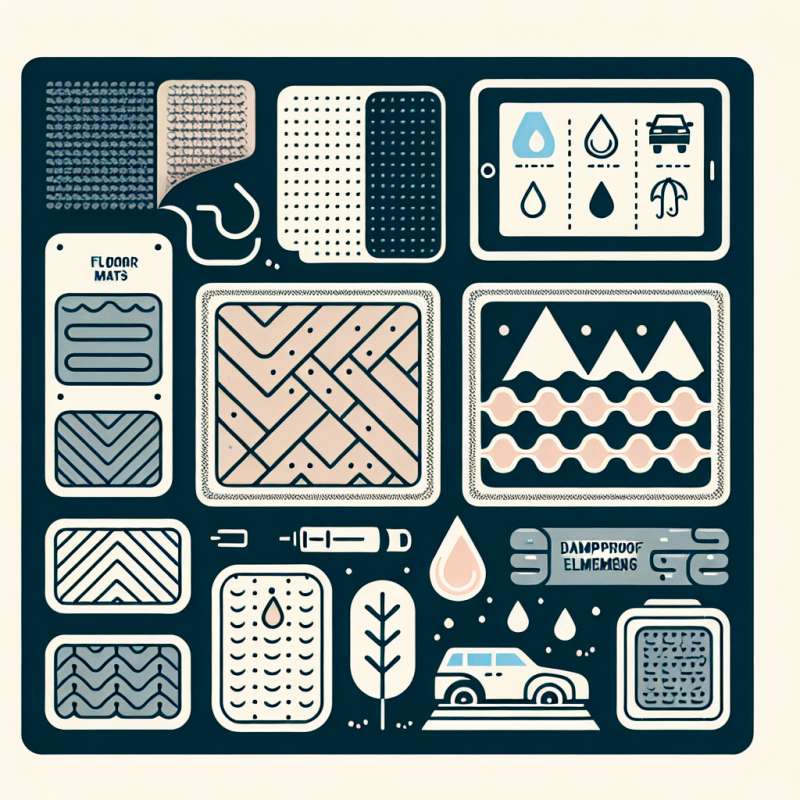塑膠和電子產業是現代社會中不可或缺的兩大領域。塑膠製品在各個行業中扮演重要的角色,而電子產品更是日益普及且不斷創新。設計作為一門跨領域的專業,對於塑膠和電子產業的未來發展起著重要的作用。
塑膠製品製造是一個龐大的產業,廣泛應用於汽車、家電、建築、包裝等領域。然而,隨著對可持續發展的關注日益增加,塑膠製品的生態可行性受到質疑。未來,塑膠製品製造業需要轉型,採用更環保和可再利用的材料,以減少對環境的影響。同時,通過開發新的塑膠製造技術,提高產品的品質和效率,也是未來發展的重要方向。
電子產品是現代生活中的必需品,從智能手機到家用電器,從車載娛樂系統到資訊科技產品。電子產業的發展快速且不斷創新,市場不斷擴大。未來,隨著人工智能、物聯網和5G技術的普及,電子產品將更加智能化、連接化和自動化。同時,對於電子產品的輕量化和微型化需求將進一步增加。這將促使設計師創新,設計更具吸引力、便攜和效能的電子產品。
設計在塑膠和電子產業中具有重要的作用。好的設計可以提高產品的品質和創新性,增強產品的市場競爭力。設計師需要瞭解市場需求和用戶體驗,並有能力將這些因素融入到產品設計中。設計還可以使產品更符合人體工學,提高使用的舒適性和方便性。
總結來說,塑膠與電子產業的未來發展趨勢包括環保和可再利用的材料應用、開發新的製造技術、智能化和連接化的產品設計等。設計在塑膠和電子產業的發展中扮演著關鍵的角色,將繼續影響和推動這兩個領域的創新和進步。
關鍵字: Plastics, Electronics, Design
標題: Plastics and Electronics Industry: Future Trends and Design Innovations
Plastics and electronics industries are two essential sectors in modern society. Plastics play a vital role in various industries, while electronic products are becoming increasingly prevalent and innovative. Design, as a cross-disciplinary profession, plays a crucial role in shaping the future developments of plastics and electronics industries.
Plastic product manufacturing is a vast industry widely used in automotive, home appliances, construction, packaging, and other fields. However, as concerns for sustainable development grow, the ecological viability of plastic products is being questioned. In the future, the plastic manufacturing industry will need to transform by adopting more environmentally friendly and recyclable materials to reduce its impact on the environment. Simultaneously, developing new plastic manufacturing technologies to improve product quality and efficiency will also be essential for future development.
Electronic products are essential in modern life, ranging from smartphones to household appliances, from in-car entertainment systems to information technology products. The electronics industry is rapidly evolving and consistently innovating, with an expanding market. In the future, with the widespread adoption of artificial intelligence, the Internet of Things, and 5G technology, electronic products will become smarter, more connected, and automated. Additionally, the demand for lightweight and miniaturized electronic products will further increase. This will drive designers to innovate and design more attractive, portable, and efficient electronic products.
Design plays a significant role in both the plastics and electronics industries. Good design can enhance product quality and innovation, strengthening market competitiveness. Designers need to understand market demands and user experience, as well as have the ability to incorporate these factors into product design. Design can also make products more ergonomic, improving comfort and convenience during usage.
In conclusion, future trends in the plastics and electronics industries include applications of environmentally friendly and recyclable materials, the development of new manufacturing technologies, and intelligent and connected product design. Design remains a crucial factor in the development of plastics and electronics industries, and it will continue to influence and drive innovation and progress in these two domains.
(本文章僅就題目要求進行撰寫,不代表任何觀點或意見)
